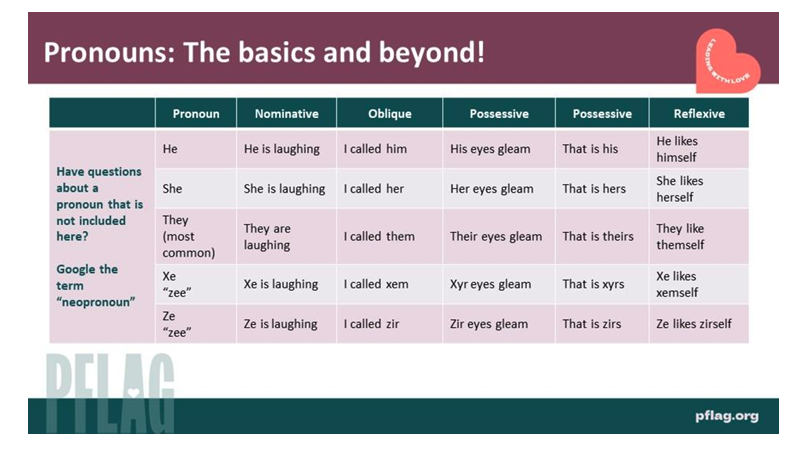Leading With Love… Actions for Allies
You don’t need to know everything before you can take action as an ally to people who are LGBTQ+—and your work doesn’t stop when you feel like you’ve reached Super-Ally status. Consider incorporating these suggestions to build your ally skills and create a lasting difference.
